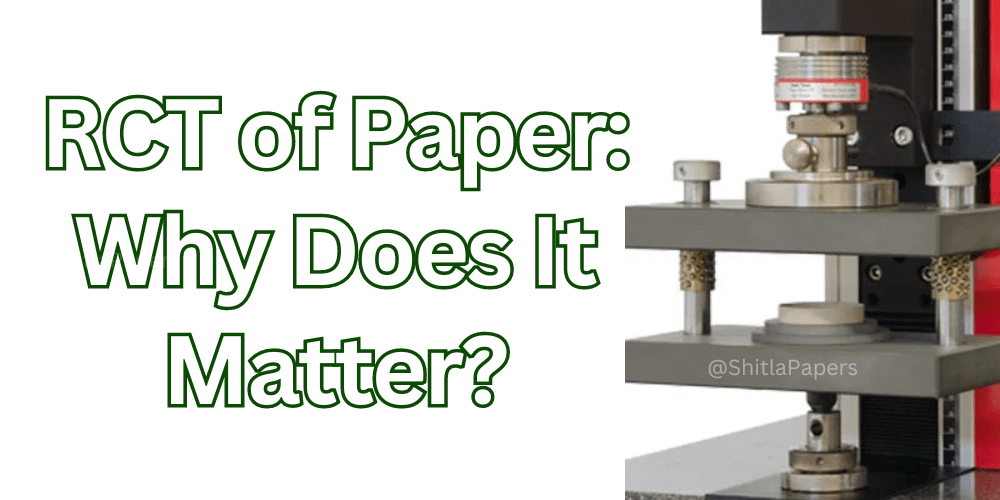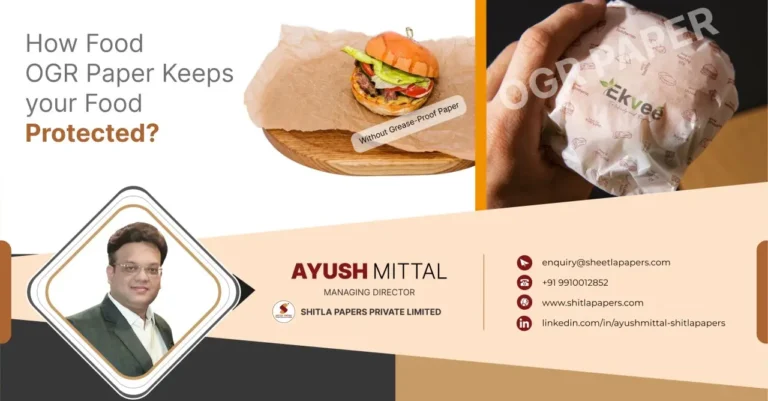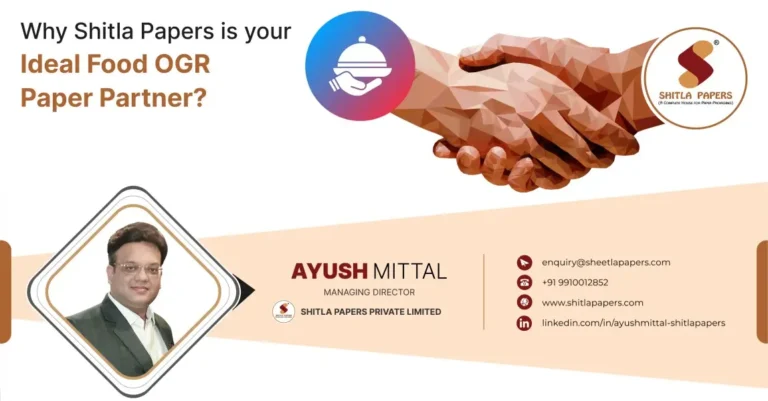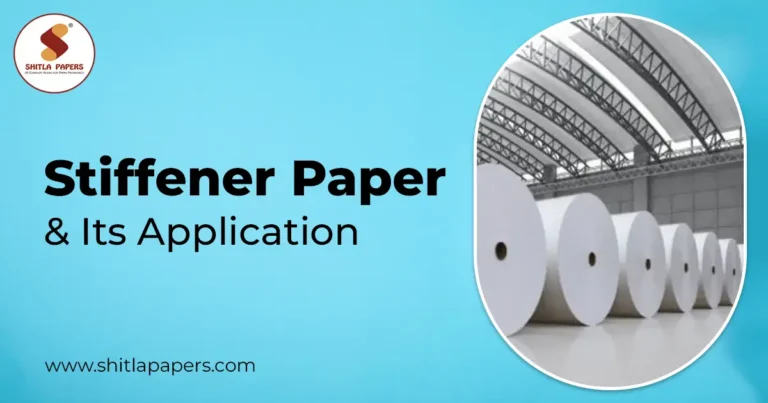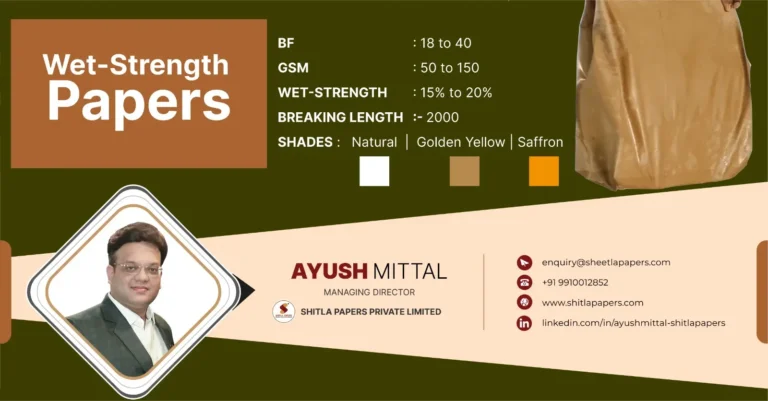In the realm of the paper industry, ensuring the quality and durability of paper products is crucial. One of the essential tests conducted to evaluate the strength of paper is the RCT, or Ring Crush Test. This article delves into the significance of RCT of paper, its testing process, factors affecting results, benefits, applications, industry standards, misconceptions, and future developments. Join us as we explore why RCT of paper matters in the world of paper.
Table of Contents
Introduction
In the realm of the paper industry, ensuring the quality and durability of paper products is crucial. One of the essential tests conducted to evaluate the strength of paper is the RCT, or Ring Crush Test. This article delves into the significance of RCT of paper, its testing process, factors affecting results, benefits, applications, industry standards, misconceptions, and future developments. Join us as we explore why RCT of paper matters in the world of paper.
What is RCT?
The Ring Crush Test (RCT) is a standardized method used to measure the resistance of paper to a crushing force applied to a circular area. It assesses the ability of paper to withstand pressure without collapsing or losing its structural integrity. By subjecting paper to compression, the RCT of Paper determines its strength, allowing manufacturers to understand its performance characteristics.
Importance of RCT of Paper Industry
The RCT of paper holds significant importance in the paper industry for various reasons. Firstly, it serves as a quality control measure, ensuring that paper products meet specific strength requirements. This test helps manufacturers identify any weaknesses in their paper products, enabling them to make necessary improvements.
Moreover, RCT plays a crucial role in the selection of paper for different applications. For instance, packaging materials require sufficient strength to withstand the stresses they may encounter during transportation and handling. By conducting RCT, paper manufacturers can determine the suitability of their products for specific applications, thus avoiding potential failures.
The Testing Process
The RCT of paper involves subjecting a circular test specimen to increasing pressure using a specialized device. The paper sample is placed between two metal plates with a circular opening at the center. As the pressure is applied, the specimen undergoes deformation until it eventually collapses. The force at which this collapse occurs is measured and recorded as the RCT value.
The testing process follows specific guidelines established by industry standards organizations. These guidelines ensure consistency and accuracy in the results obtained, facilitating meaningful comparisons across different paper products and manufacturers.
Factors Affecting RCT Results
Several factors can influence the results of the RCT of paper. The composition and quality of the paper, such as fiber type and refining processes, play a significant role in determining its strength. The moisture content and temperature during testing can also impact the RCT of paper value.
Additionally, factors like paper thickness, porosity, and surface characteristics can affect the test results. Proper sample preparation and conditioning, including standardizing the size and moisture content, are essential to obtaining reliable and comparable RCT measurements.
Benefits of Conducting RCT
The RCT of paper offers several benefits to the paper industry. By evaluating the strength of paper, manufacturers can ensure their products meet quality standards, reducing the risk of customer dissatisfaction and product failures. This test also helps identify areas for improvement in the manufacturing process, leading to enhanced product performance.
Moreover, RCT results provide valuable information for product selection and design. By understanding the strength characteristics of different paper grades, manufacturers can tailor their products to meet specific requirements, leading to improved customer satisfaction and market competitiveness.
Applications of RCT Results
The results obtained from the RCT find applications in various aspects of the paper industry. Paper manufacturers utilize these results to optimize their production processes, ensuring consistent quality across their product range. Packaging designers rely on RCT of paper data to choose the most suitable paper grades for their specific packaging needs.
Furthermore, RCT of paper values help determine the load-bearing capacity of paper-based materials used in applications like corrugated boxes, cardboard tubes, and composite materials. This information enables engineers and designers to make informed decisions about material selection, ensuring the durability and reliability of their end products.
Industry Standards and Regulations
To maintain uniformity and reliability in RCT testing, industry standards and regulations have been established. Organizations like the International Organization for Standardization (ISO) and the Technical Association of the Pulp and Paper Industry (TAPPI) have developed guidelines that outline the testing procedures, equipment specifications, and result interpretation.
Adhering to these standards is crucial for accurate testing and meaningful comparison of RCT values across different laboratories and manufacturers. Compliance with industry regulations ensures the integrity and reliability of RCT of paper data, promoting confidence in the paper industry.
Common Misconceptions about RCT
There are a few common misconceptions surrounding the RCT of Paper in the paper industry. Some may mistakenly believe that RCT is the only measure of paper strength, disregarding other important properties like tensile strength and tear resistance. However, RCT complements these tests and provides a comprehensive understanding of paper strength.
Another misconception is that a higher RCT value always indicates superior paper quality. While a higher value signifies greater resistance to crushing, the desired RCT range depends on the specific application. Different products require varying levels of strength, and paper manufacturers strive to meet these specific requirements.
Future Developments in RCT
As technology advances, the field of RCT of paper continues to evolve. Researchers are exploring innovative methods and equipment to enhance the accuracy and efficiency of testing. Automation and digitalization are being introduced to streamline the testing process and improve data analysis.
Additionally, efforts are underway to develop alternative testing methods that provide a more comprehensive evaluation of paper strength and performance. These advancements in RCT of paper hold promising prospects for the paper industry, offering improved quality control and greater understanding of paper behavior.
Conclusion
The RCT (Ring Crush Test) holds significant importance in the paper industry. It enables manufacturers to evaluate the strength of paper and ensure their products meet quality standards. RCT results inform product selection, design, and optimization, leading to enhanced performance and customer satisfaction. By adhering to industry standards and dispelling common misconceptions, the paper industry can leverage the power of RCT to create durable and reliable paper products.
FAQs
1. Is the RCT the only test for evaluating paper strength? No, the RCT is one of several tests used to evaluate paper strength. Other tests, such as tensile strength and tear resistance, complement the RCT and provide a comprehensive assessment.
2. Does a higher RCT value always indicate better paper quality? A higher RCT value indicates greater resistance to crushing, but the desired range depends on the specific application. Different products have varying strength requirements, and paper manufacturers aim to meet those specific needs.
3. How does RCT data benefit packaging designers? RCT data helps packaging designers choose the most suitable paper grades for their specific packaging needs. It provides information about the load-bearing capacity of paper-based materials, ensuring the durability and reliability of the final packaging products.
4. Are there industry standards for RCT testing? Yes, organizations like ISO and TAPPI have established industry standards and regulations for RCT testing. These standards ensure consistent and reliable testing procedures and result interpretation.
5. What are the future developments in RCT? The future of RCT involves advancements in automation, digitalization, and alternative testing methods. These developments aim to improve the accuracy, efficiency, and comprehensiveness of testing, offering enhanced quality control in the paper industry.

